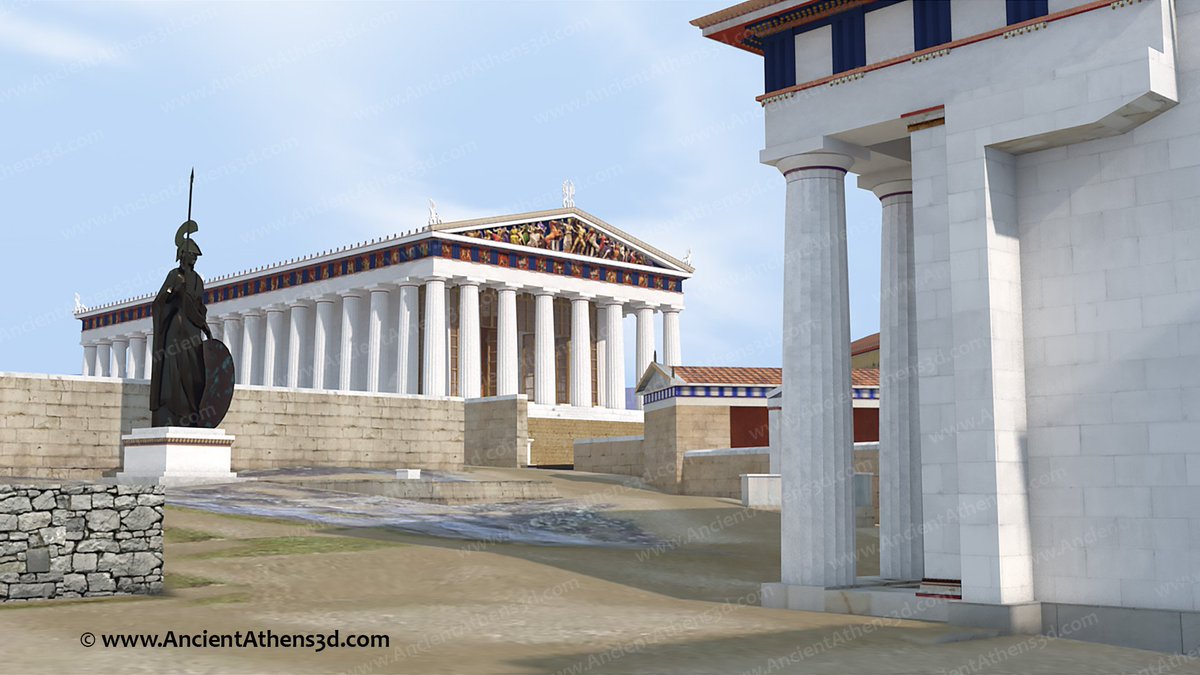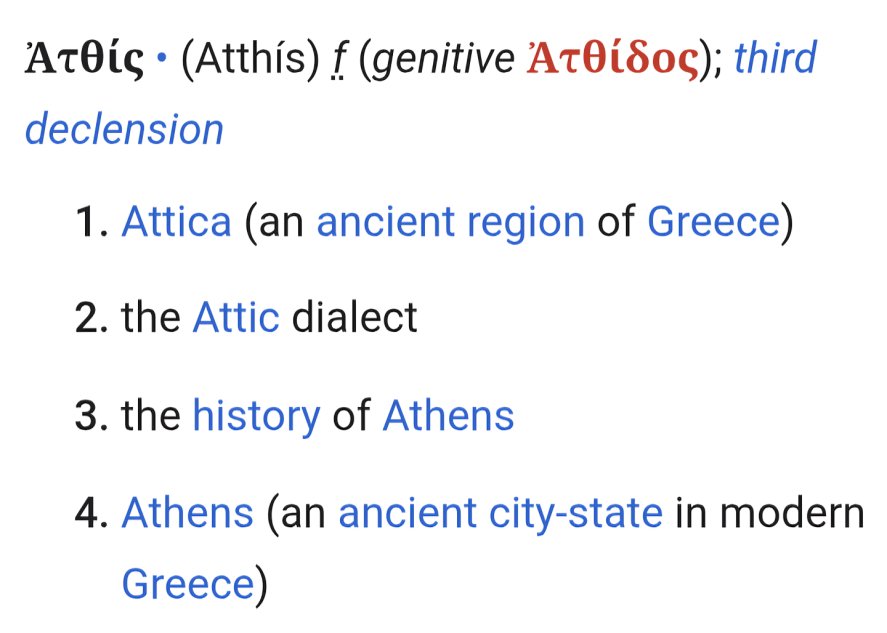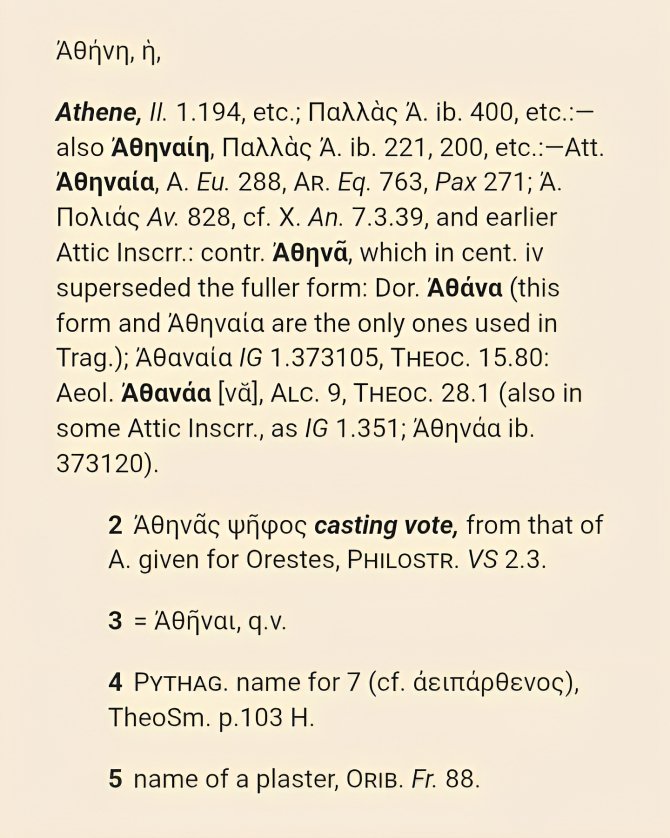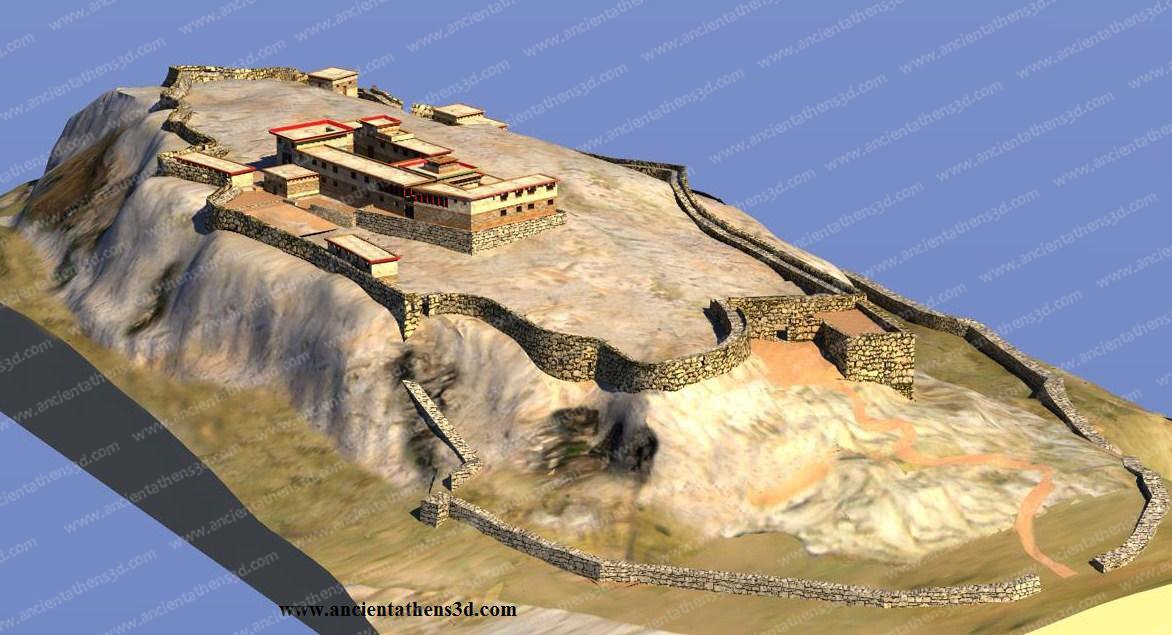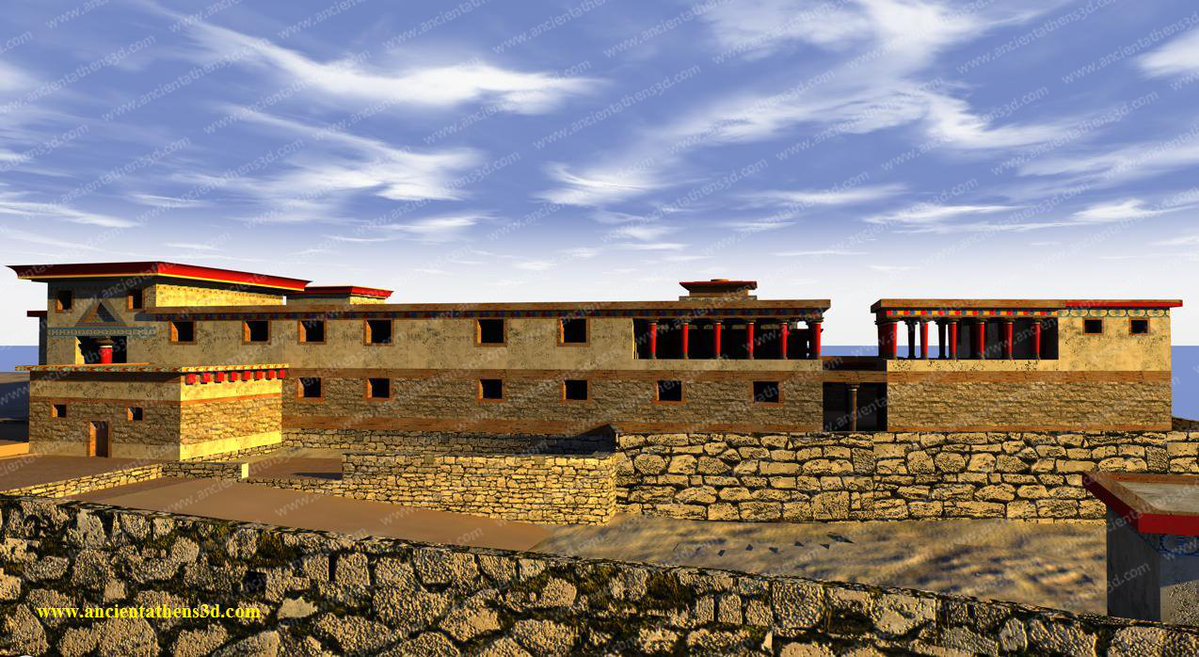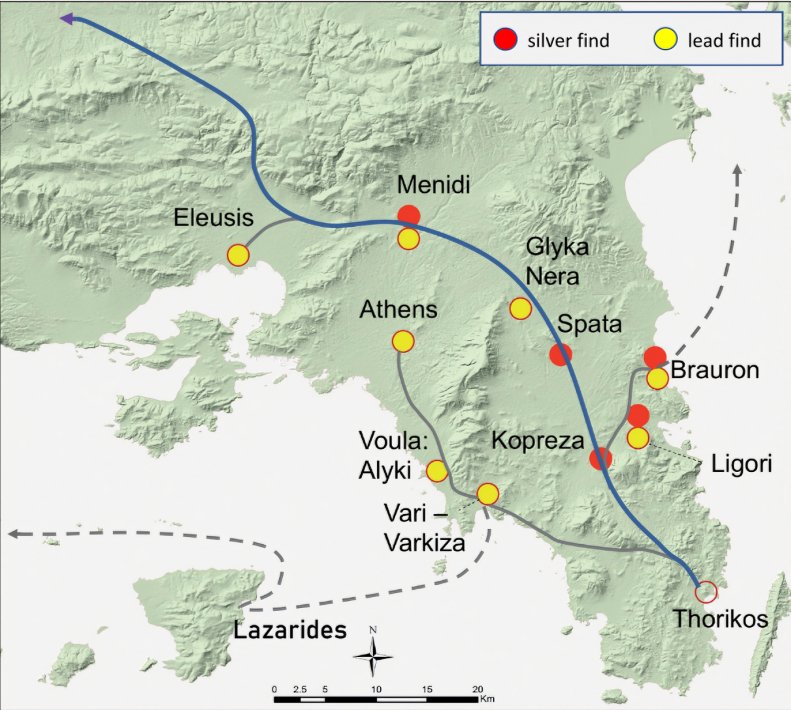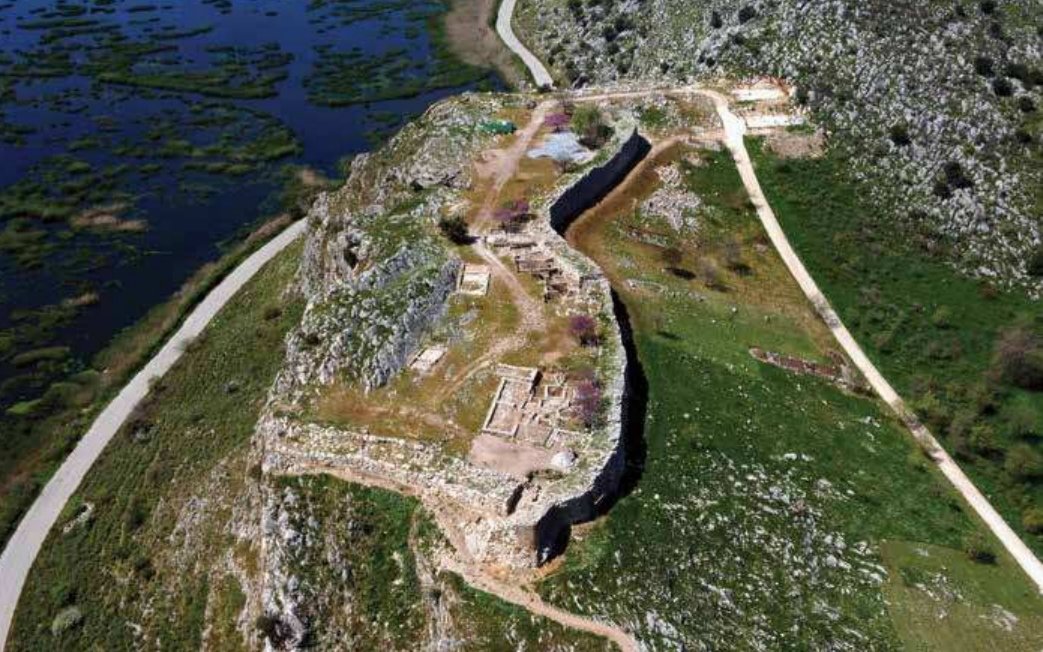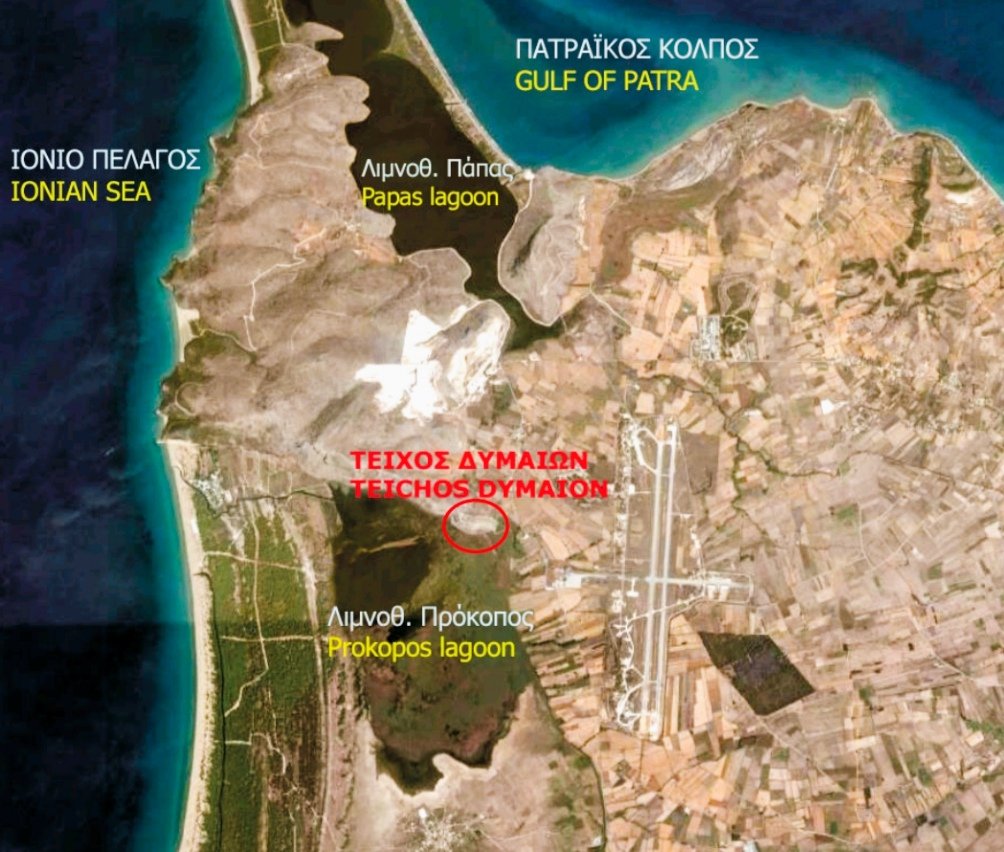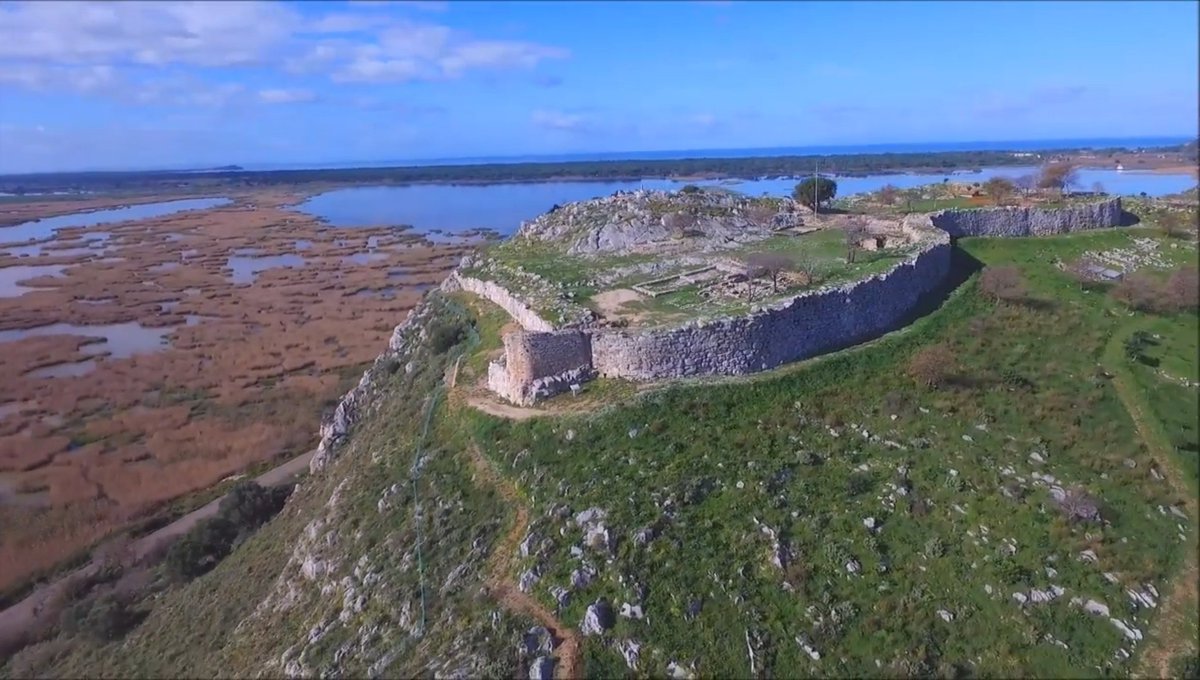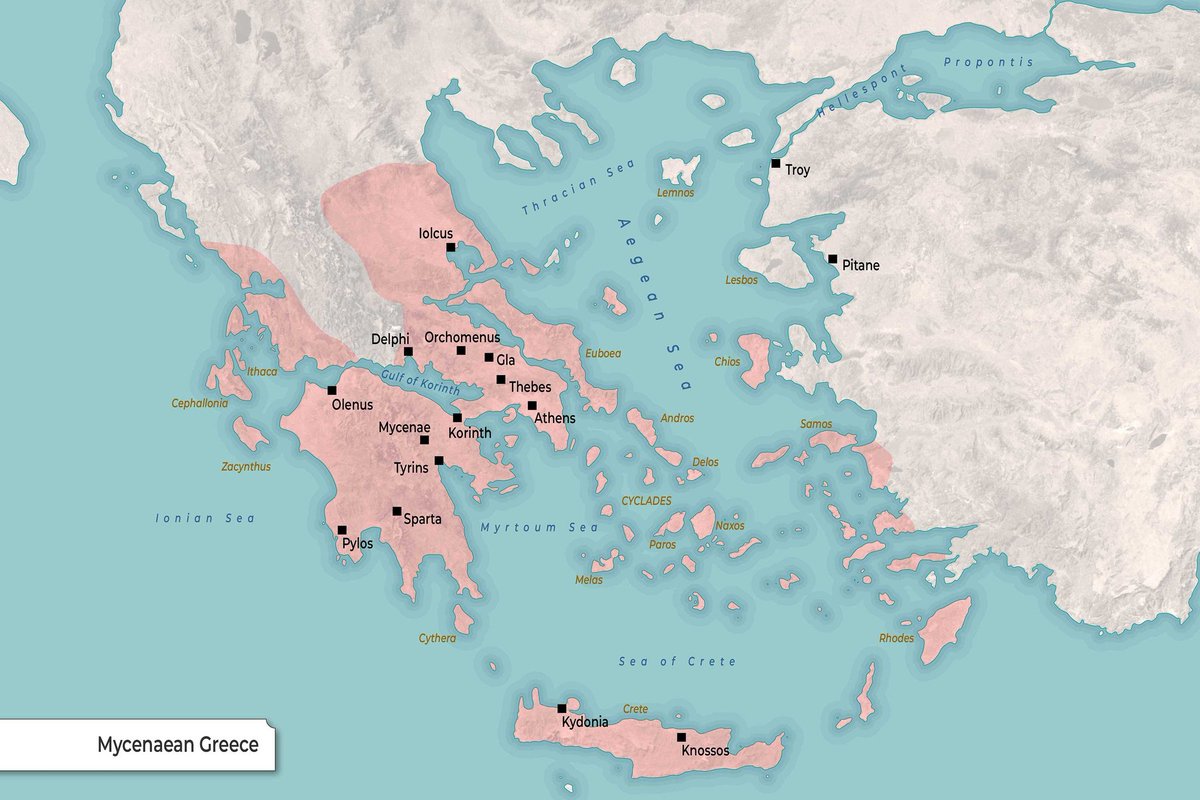1/ In the Iliad, Homer often refers to the uniqueness of the capabilities of the armies of Achilles and Ajax, where they are described as dense formations of elite soldiers, who use brilliant tactical battles under the guidance of highly trained warlords.
#Homer #Iliad #Troy
#Homer #Iliad #Troy

2/ " ...howbeit thereto could he no more avail, for with shields were they fenced in on every side, as they stood around Patroclus, and before them they held their spears. For Ajax ranged to and fro among them and straitly charged every man; ➡️ 

➡️ Thus mighty Ajax charged them, not one, he bade them, should give ground backward from the corpse, nor yet fight in front of the rest of the Achaeans as one pre-eminent above them all; but stand firm close beside the corpse and do battle hand to hand. ➡️ 

➡️ and the earth grew wet with dark blood, and the dead fell thick and fast alike of the Trojans and their mighty allies, and of the Danaans; for these too fought not without shedding of blood, ➡️ 

➡️ howbeit fewer of them by far were falling; for they ever bethought them to ward utter destruction from one another in the throng." 

3/ Does Homer's narration of a historical Mycenaean invasion of Troy contain memories of the existence of elite special forces in the ranks of the Mycenaean army,who were undertaking difficult operations,while with their fighting being a decisive factor for the battle's outcome? 

• • •
Missing some Tweet in this thread? You can try to
force a refresh





